Home>Gardening & Outdoor>Landscaping Ideas>How To Grow Grass On Rocky Soil


Landscaping Ideas
How To Grow Grass On Rocky Soil
Modified: January 25, 2024
Learn effective landscaping ideas for growing grass on rocky soil and transform your outdoor space with our expert tips and techniques. Discover how to create a lush and beautiful lawn in challenging terrain. Ideal for homeowners and garden enthusiasts.
(Many of the links in this article redirect to a specific reviewed product. Your purchase of these products through affiliate links helps to generate commission for Storables.com, at no extra cost. Learn more)
Introduction
Are you facing the challenge of trying to grow grass on rocky soil? While it may seem like a daunting task, with the right approach and knowledge, you can transform even the most rugged terrain into a lush, green landscape. In this comprehensive guide, we will explore the intricacies of cultivating grass on rocky soil, offering valuable insights and practical tips to help you achieve success.
Rocky soil presents unique obstacles for growing grass, but with the right techniques and a touch of perseverance, you can create a thriving lawn that enhances the beauty of your outdoor space. From understanding the characteristics of rocky soil to selecting the most suitable grass varieties and implementing effective planting and maintenance strategies, this guide will equip you with the knowledge and confidence to tackle this landscaping challenge head-on.
Whether you're a seasoned gardener or a novice enthusiast, the journey to establishing a vibrant grassy expanse on rocky soil is an enriching experience that fosters a deeper connection with nature. So, roll up your sleeves and prepare to embark on a rewarding horticultural adventure as we delve into the art and science of growing grass on rocky soil.
Key Takeaways:
- Transform rocky soil into a lush lawn by clearing debris, adding organic matter, and selecting resilient grass varieties like fine fescue and tall fescue.
- Carefully plant and maintain grass seeds in rocky soil, ensuring consistent watering, proper mowing, fertilizing, and vigilant weed and pest control for a thriving lawn.
Read more: How To Grow Grass In Hard Soil
Understanding Rocky Soil
Rocky soil, characterized by its coarse texture and limited capacity to retain moisture, poses significant challenges for nurturing healthy grass growth. This type of soil is often laden with rocks, gravel, and other debris, making it inhospitable for many plant species, including grass. Its poor drainage and aeration properties further compound the difficulty of establishing a thriving lawn.
When dealing with rocky soil, it’s essential to comprehend its composition and behavior. The presence of rocks and compacted layers can impede root development and restrict the movement of water and nutrients within the soil. Additionally, the lack of organic matter in rocky soil diminishes its fertility, making it arduous for grass to access essential nutrients.
Despite these challenges, rocky soil also offers certain advantages. Its excellent drainage properties can prevent waterlogging, which is detrimental to grass health. Moreover, the rocky terrain can lend a rugged, natural appeal to your landscape when transformed into a lush, verdant lawn.
By gaining a deeper understanding of the unique characteristics of rocky soil, you can tailor your approach to effectively address its limitations and leverage its strengths. Through strategic soil preparation, careful selection of grass varieties, and meticulous maintenance, you can overcome the hurdles posed by rocky soil and nurture a thriving grassy haven.
Preparing the Soil
Transforming rocky soil into a conducive environment for grass growth necessitates thorough soil preparation. Begin by clearing the area of debris, including rocks, stones, and other obstructions that hinder the establishment of a uniform grass cover. Depending on the extent of rockiness, you may need to employ tools such as rakes, shovels, and pickaxes to remove larger impediments and create a relatively even surface.
Once the area is cleared, consider incorporating organic matter into the soil to improve its structure and fertility. Compost, well-rotted manure, or peat moss can be mixed into the rocky soil to enhance its nutrient content and water retention capacity. This amendment helps counterbalance the low organic content of rocky soil, providing essential nutrients and fostering a more favorable environment for grass roots to thrive.
Aeration is another critical step in preparing rocky soil for grass cultivation. The compacted nature of rocky soil inhibits proper air circulation and root penetration. Utilize a garden fork or mechanical aerator to perforate the soil, alleviating compaction and promoting better oxygenation and water infiltration.
Before proceeding with planting, it’s advisable to conduct a soil test to assess its pH level and nutrient composition. This analysis enables you to make informed decisions regarding soil amendments and fertilizer applications, ensuring that the rocky terrain is optimally primed to support healthy grass growth.
By meticulously preparing the rocky soil, you lay a solid foundation for successful grass cultivation, setting the stage for the subsequent steps of selecting suitable grass varieties and implementing effective planting techniques.
Selecting the Right Grass
Choosing the appropriate grass varieties is pivotal when cultivating a lawn on rocky soil. Given the soil’s unique characteristics, it’s essential to opt for grass species that exhibit resilience in challenging environments. Look for grass types known for their adaptability to poor soil conditions, drought tolerance, and robust root systems capable of penetrating rocky terrain.
One popular choice for rocky soil is fine fescue, a cool-season grass renowned for its ability to thrive in nutrient-deficient and dry soils. Fine fescue exhibits remarkable tolerance to shade and can flourish in rocky landscapes, making it an excellent candidate for areas with limited sunlight exposure.
Another resilient grass variety suitable for rocky soil is tall fescue. This hardy, deep-rooted grass excels in adverse soil conditions, demonstrating exceptional drought resistance and durability. Its robust root system enables it to navigate through rocky substrates, anchoring firmly and sustaining healthy growth.
When selecting grass seed mixtures, consider blends specifically formulated for challenging terrains, including rocky or compacted soils. These specialized mixtures often incorporate a combination of grass species with complementary attributes, such as drought tolerance, disease resistance, and adaptability to poor soil conditions, ensuring comprehensive coverage and long-term vitality.
It’s important to note that while warm-season grasses like Bermuda grass and Zoysia grass are renowned for their resilience, they may not be the most suitable choices for rocky soil due to their preference for well-draining, fertile substrates. Therefore, prioritizing cool-season grasses known for their adaptability to adverse soil conditions is paramount in ensuring the successful establishment of a lush lawn on rocky terrain.
By carefully selecting grass varieties tailored to the unique demands of rocky soil, you set the stage for a resilient, thriving lawn that can withstand the challenges posed by this rugged landscape.
Consider using a soil conditioner or topsoil to improve the rocky soil’s texture and fertility before planting grass seeds. This will help provide a better environment for the grass to establish and grow.
Planting the Grass Seeds
When it comes to planting grass seeds in rocky soil, a methodical approach is key to fostering successful germination and establishment. Begin by raking the soil to create a level surface, ensuring that any remaining debris or uneven areas are smoothed out. This provides an optimal foundation for seed-to-soil contact and promotes uniform growth.
Given the challenging nature of rocky soil, it’s advisable to overseed the area to compensate for potential seed loss and enhance coverage. Broadcasting grass seeds evenly across the prepared terrain helps mitigate the impact of rocky impediments and increases the likelihood of successful germination.
After broadcasting the seeds, lightly rake the soil to cover the seeds with a thin layer of topsoil or compost. This protective layer helps shield the seeds from external disturbances and promotes moisture retention, fostering an optimal environment for germination.
Watering plays a crucial role in the initial stages of grass seed germination. Due to the limited water retention capacity of rocky soil, it’s essential to provide consistent, gentle irrigation to keep the soil moist without causing erosion or runoff. Utilize a fine mist setting on a garden hose or a lightweight sprinkler to ensure even water distribution across the seeded area.
As the grass seeds germinate and establish root systems, monitor the soil moisture closely to prevent drying out, especially during hot and dry periods. Light, frequent watering is preferable to encourage healthy root development and support the young grass plants as they acclimate to their rocky surroundings.
Implementing these planting techniques with care and attention to detail increases the likelihood of successful grass establishment in rocky soil, paving the way for a verdant, resilient lawn that enhances the natural allure of your outdoor space.
Read more: How To Grow Grass On Compacted Soil
Watering and Maintenance
Effective watering and meticulous maintenance are integral components of nurturing a thriving grassy expanse on rocky soil. Given the unique challenges posed by this terrain, strategic approaches to irrigation and upkeep are essential to ensure the sustained health and vibrancy of the lawn.
When it comes to watering, the limited water retention capacity of rocky soil necessitates a mindful and consistent approach. It’s advisable to water the grass in the early morning to minimize evaporation and maximize absorption. However, the frequency and duration of watering should be adjusted based on environmental factors such as temperature, precipitation, and soil moisture levels.
Utilize a moisture meter or perform periodic soil inspections to gauge the moisture content and ascertain the need for watering. This proactive approach enables you to tailor the irrigation regimen to the specific requirements of the grass, preventing both under- and overwatering, which can compromise the health of the lawn.
In addition to watering, regular maintenance practices such as mowing, fertilizing, and addressing weed and pest issues are vital for sustaining the vitality of the grass in rocky soil. When mowing, adhere to the recommended mowing height for the selected grass varieties, ensuring that the blades are sharp to achieve clean cuts that promote healthy growth.
Applying a balanced fertilizer in accordance with the grass’s nutritional needs and growth patterns helps fortify its resilience and vitality, especially in nutrient-deficient rocky soil. Select fertilizers formulated for challenging soil conditions to provide targeted nourishment and support the grass’s long-term health.
Vigilant weed control and pest management are equally crucial in maintaining the integrity of the grassy landscape. Regularly inspect the lawn for invasive weeds and treat them promptly to prevent competition for resources and safeguard the grass’s establishment. Similarly, monitor for signs of pest infestations and deploy appropriate control measures to mitigate potential damage.
By integrating strategic watering practices and diligent maintenance routines, you can foster a robust, verdant lawn on rocky soil, creating an inviting and resilient outdoor oasis that defies the challenges of its rugged foundation.
Conclusion
Cultivating a lush, thriving lawn on rocky soil is a testament to the transformative power of horticultural knowledge and perseverance. By understanding the unique characteristics of rocky soil, meticulously preparing the terrain, selecting resilient grass varieties, and implementing strategic planting and maintenance techniques, you can overcome the inherent challenges and nurture a verdant oasis in even the most rugged landscapes.
While rocky soil presents obstacles, it also offers opportunities for creating a distinctive and resilient grassy haven. The journey of taming rocky terrain into a flourishing lawn is a testament to the harmonious synergy between nature and human intervention, resulting in a captivating outdoor space that reflects resilience and natural beauty.
As you embark on this horticultural endeavor, embrace the process with patience and a spirit of discovery. Each step, from soil preparation to watering and maintenance, contributes to the gradual transformation of rocky soil into a thriving ecosystem that sustains and enriches the surrounding environment.
Ultimately, the successful cultivation of grass on rocky soil is a testament to the transformative potential inherent in the art of landscaping. It exemplifies the profound impact of informed decision-making, perseverance, and a deep appreciation for the resilience of nature, culminating in the creation of a captivating and enduring landscape that defies the constraints of its rocky foundation.
So, as you embark on your journey to grow grass on rocky soil, remember that with the right approach and a touch of creativity, you can turn this formidable terrain into a flourishing testament to the harmonious coexistence of nature and human ingenuity.
Frequently Asked Questions about How To Grow Grass On Rocky Soil
Was this page helpful?
At Storables.com, we guarantee accurate and reliable information. Our content, validated by Expert Board Contributors, is crafted following stringent Editorial Policies. We're committed to providing you with well-researched, expert-backed insights for all your informational needs.
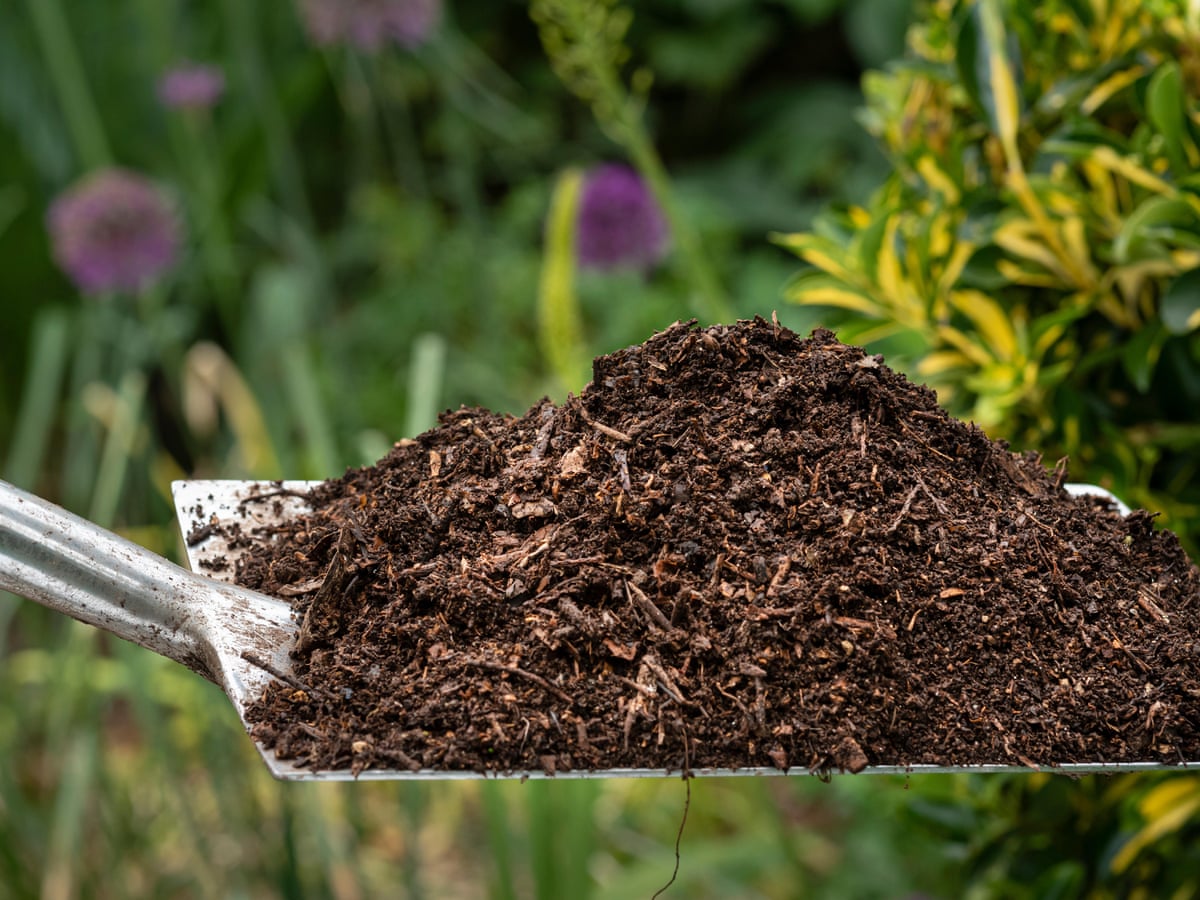
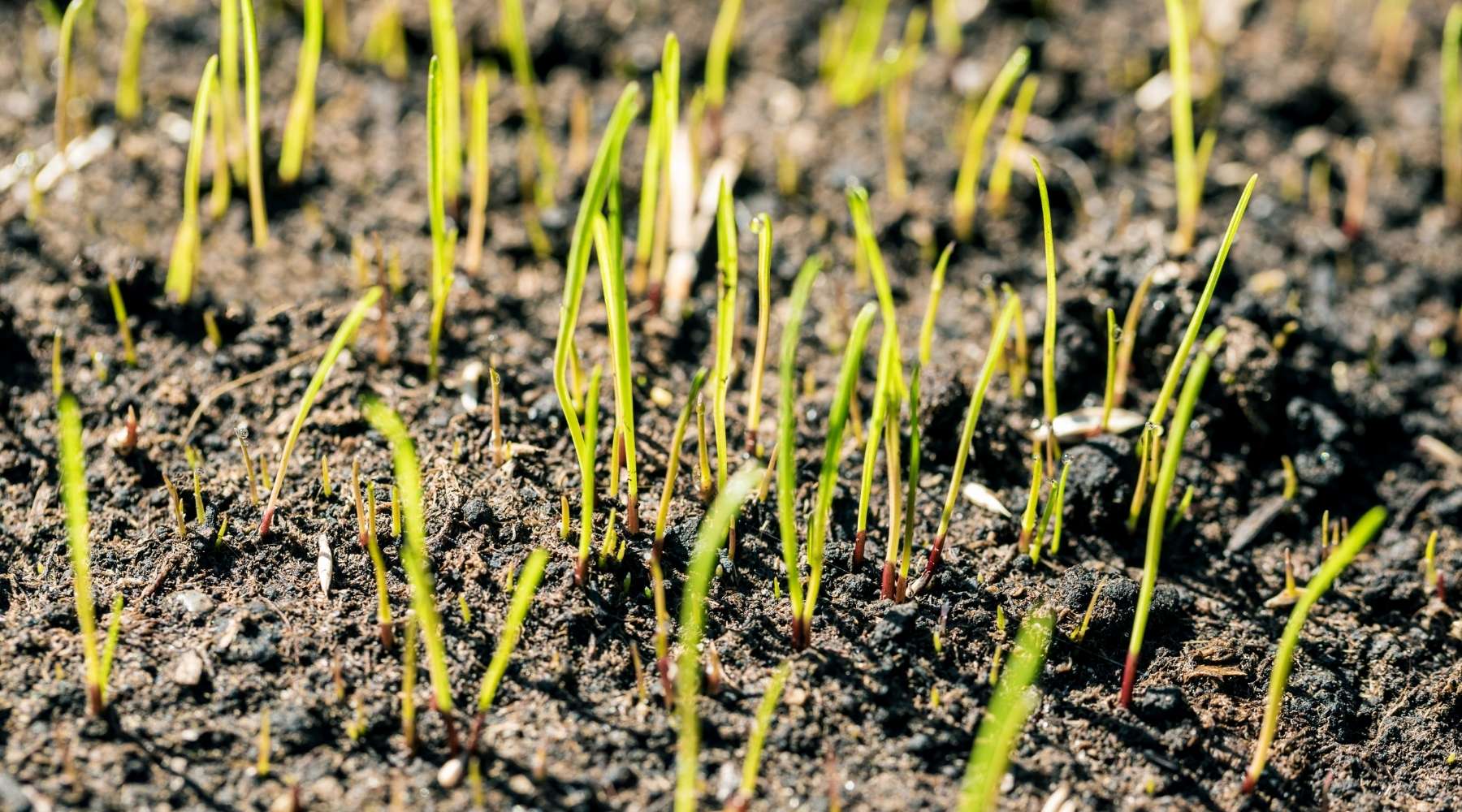
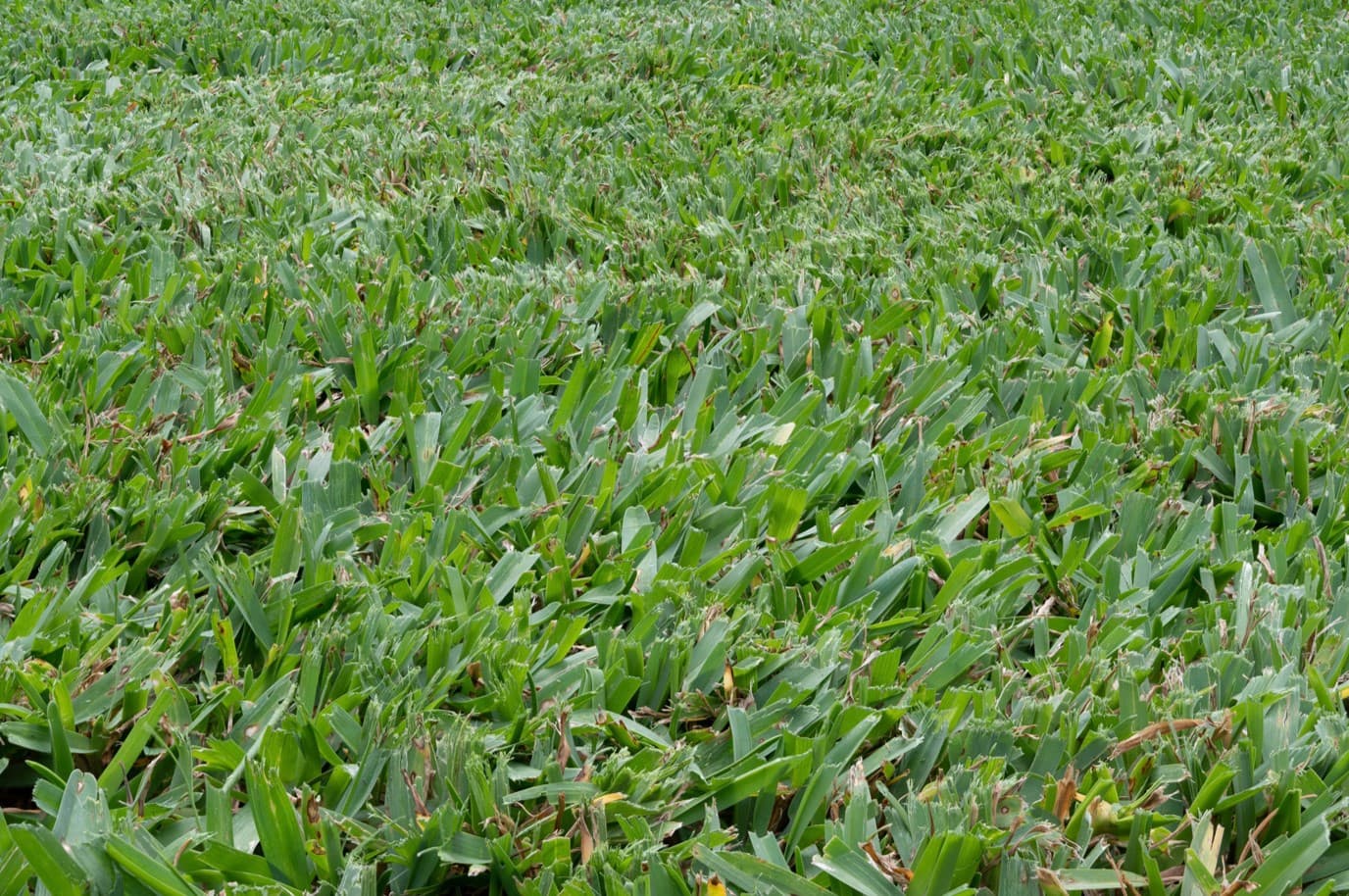
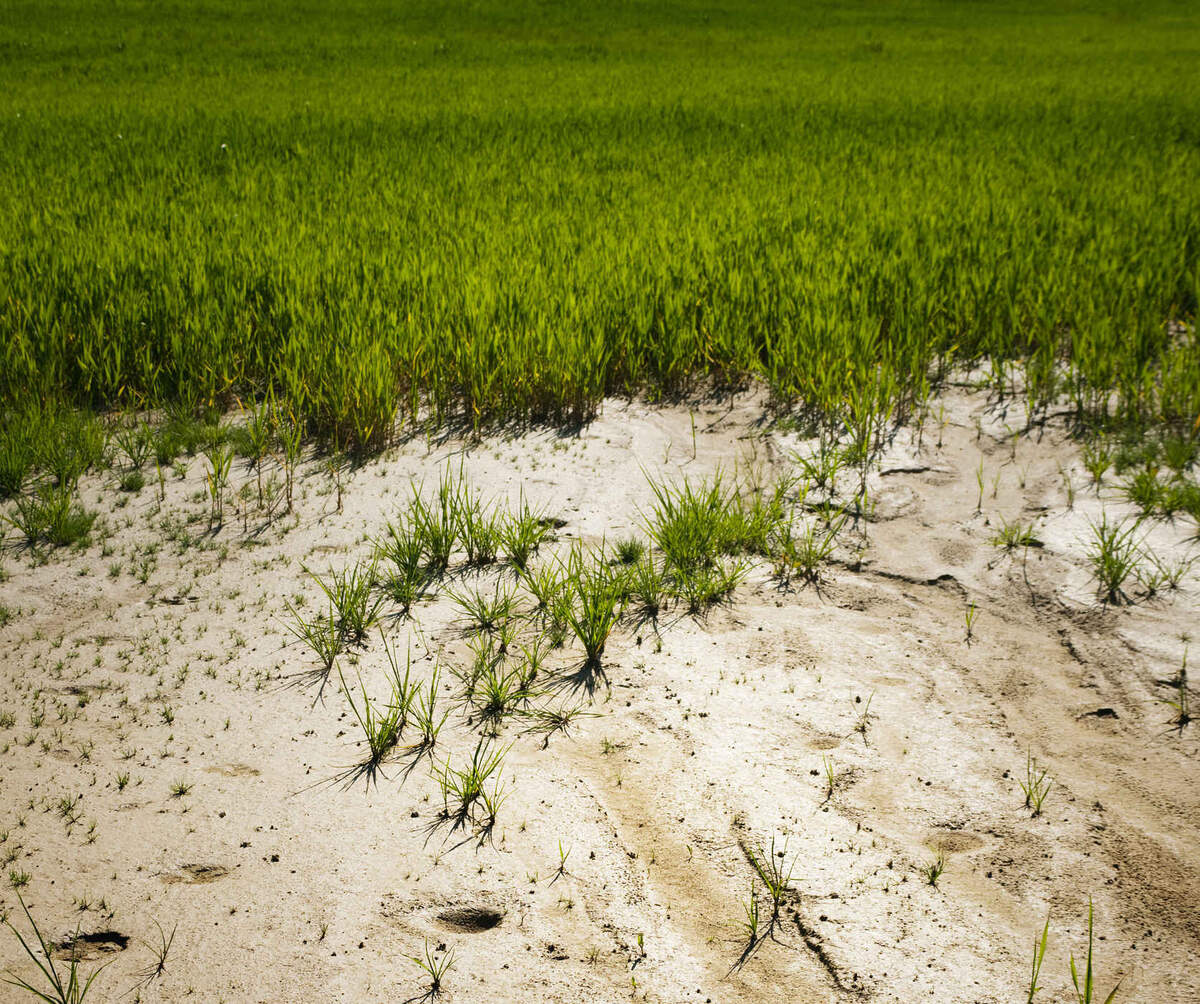

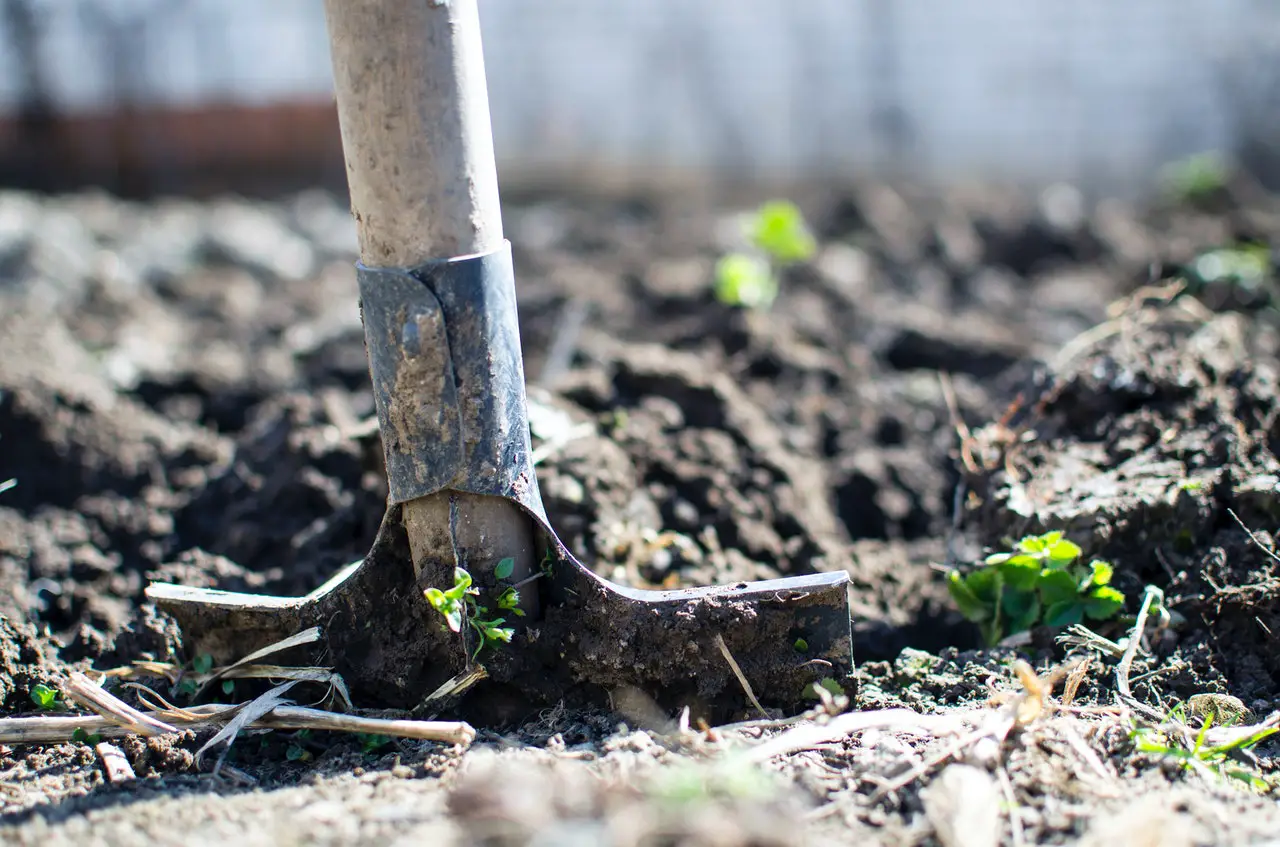
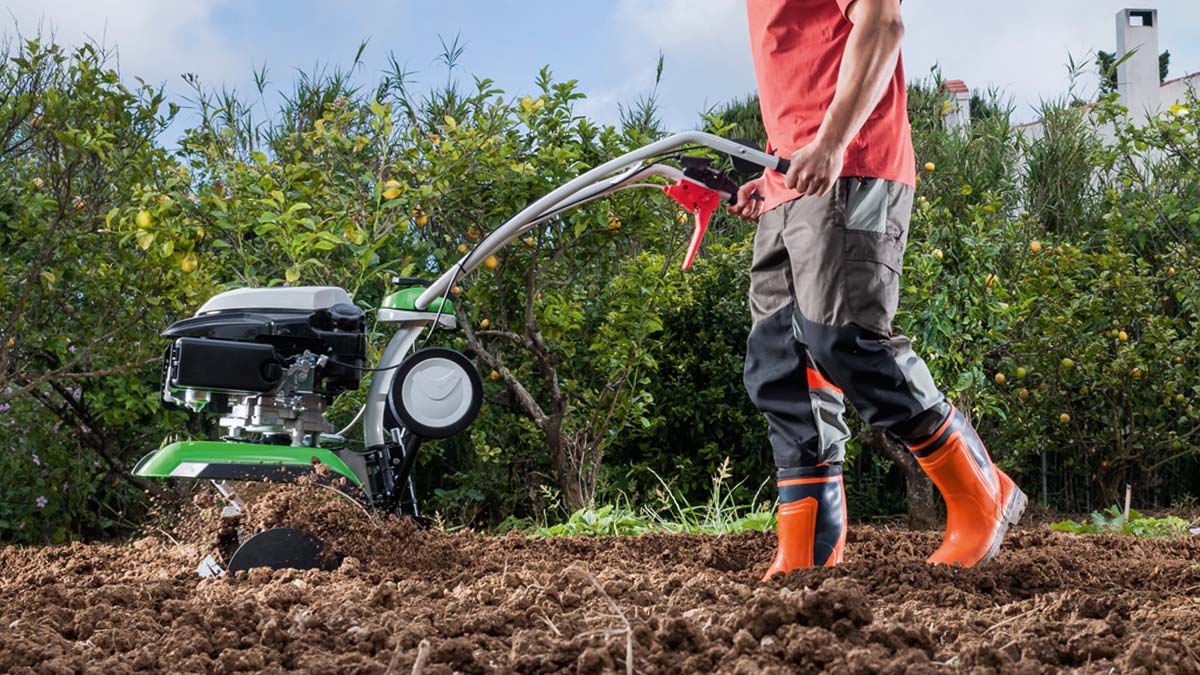
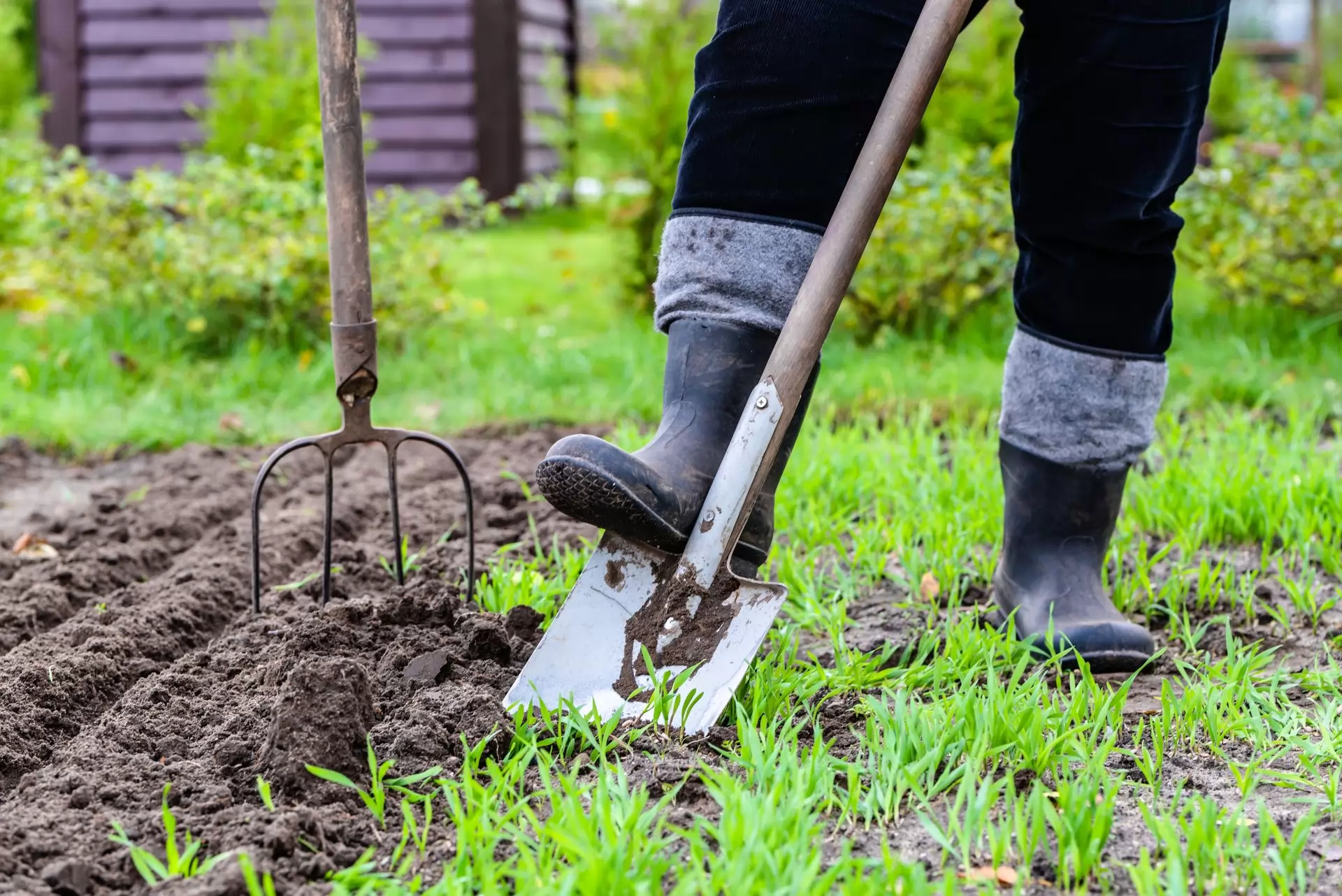
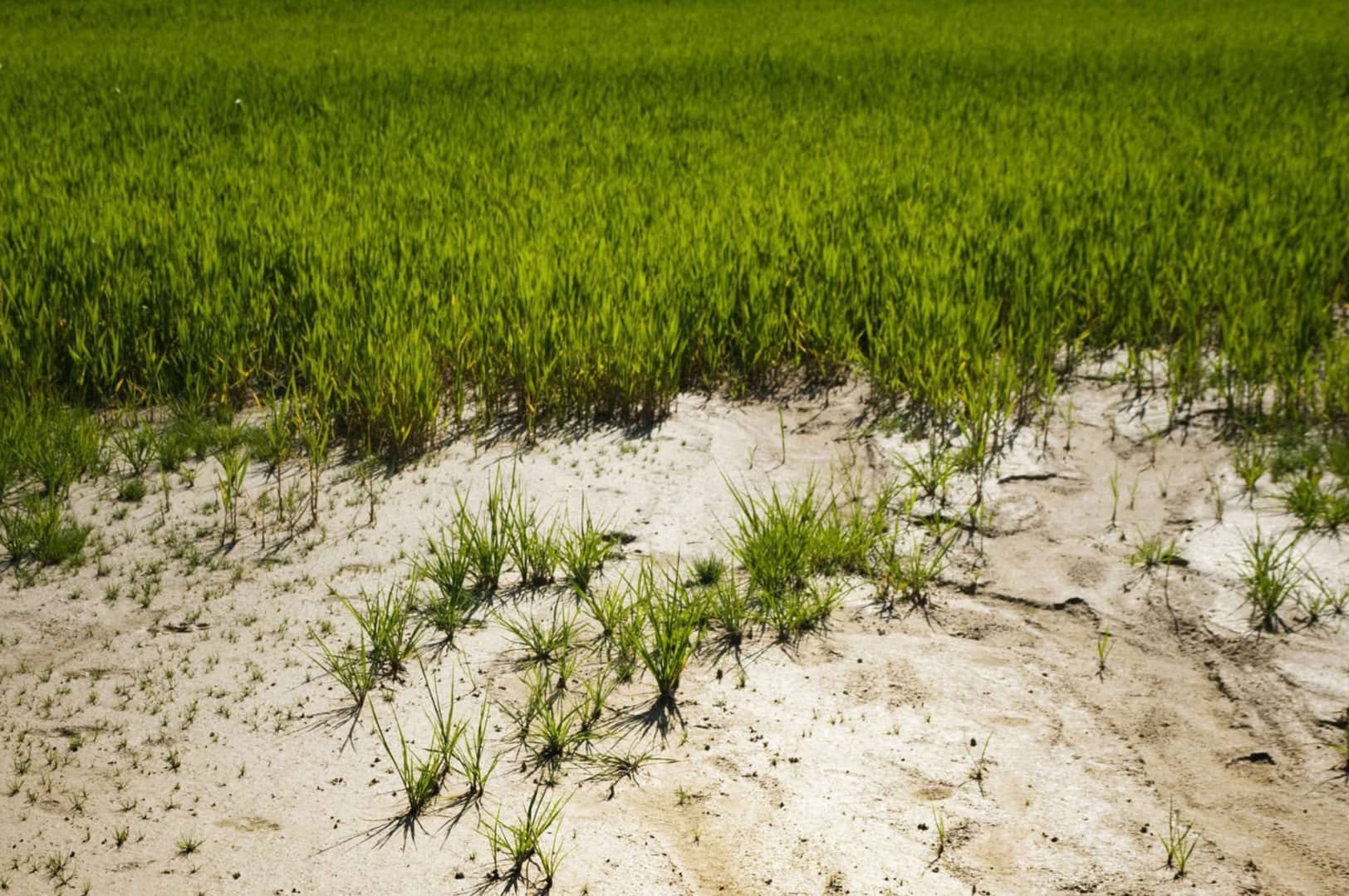

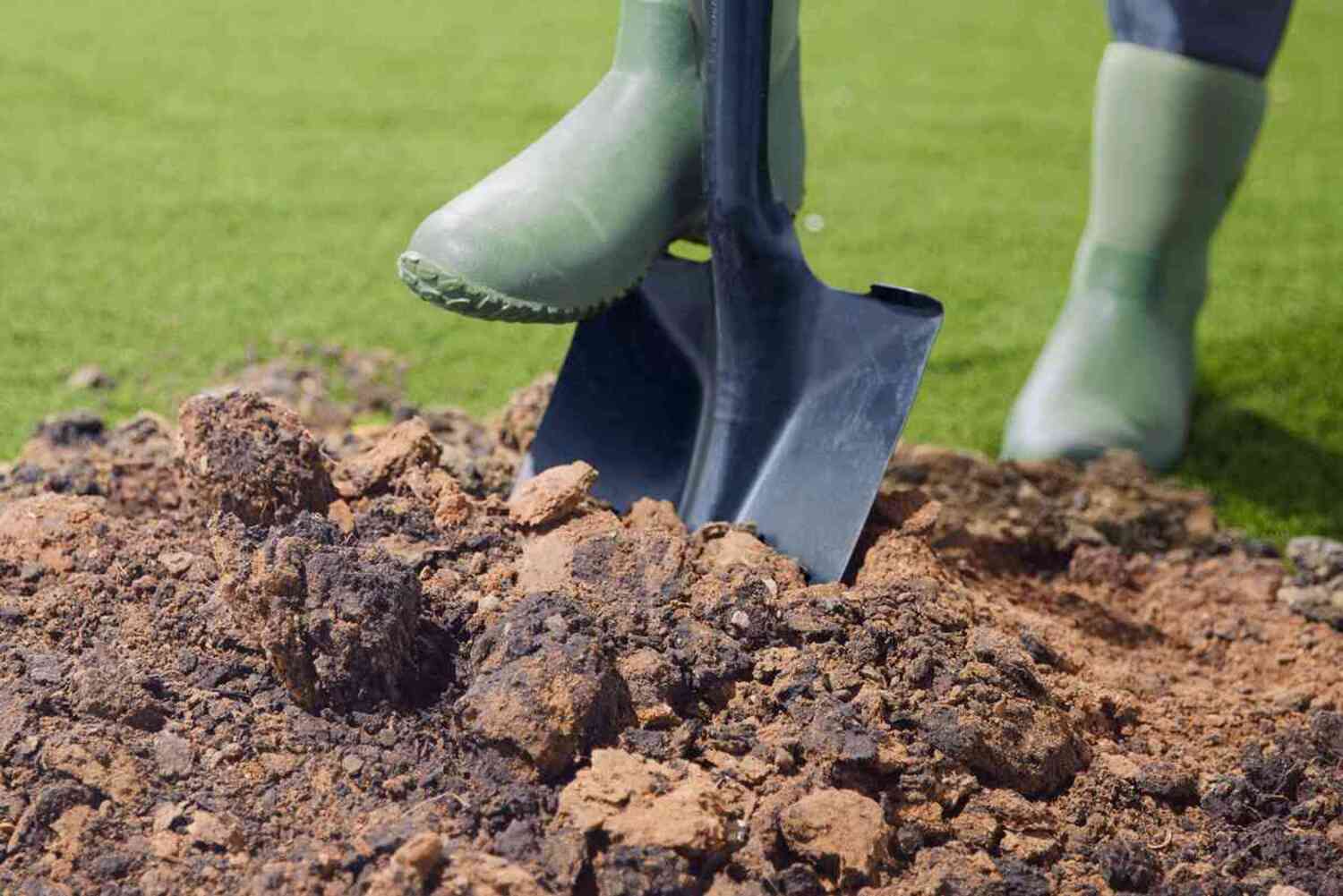

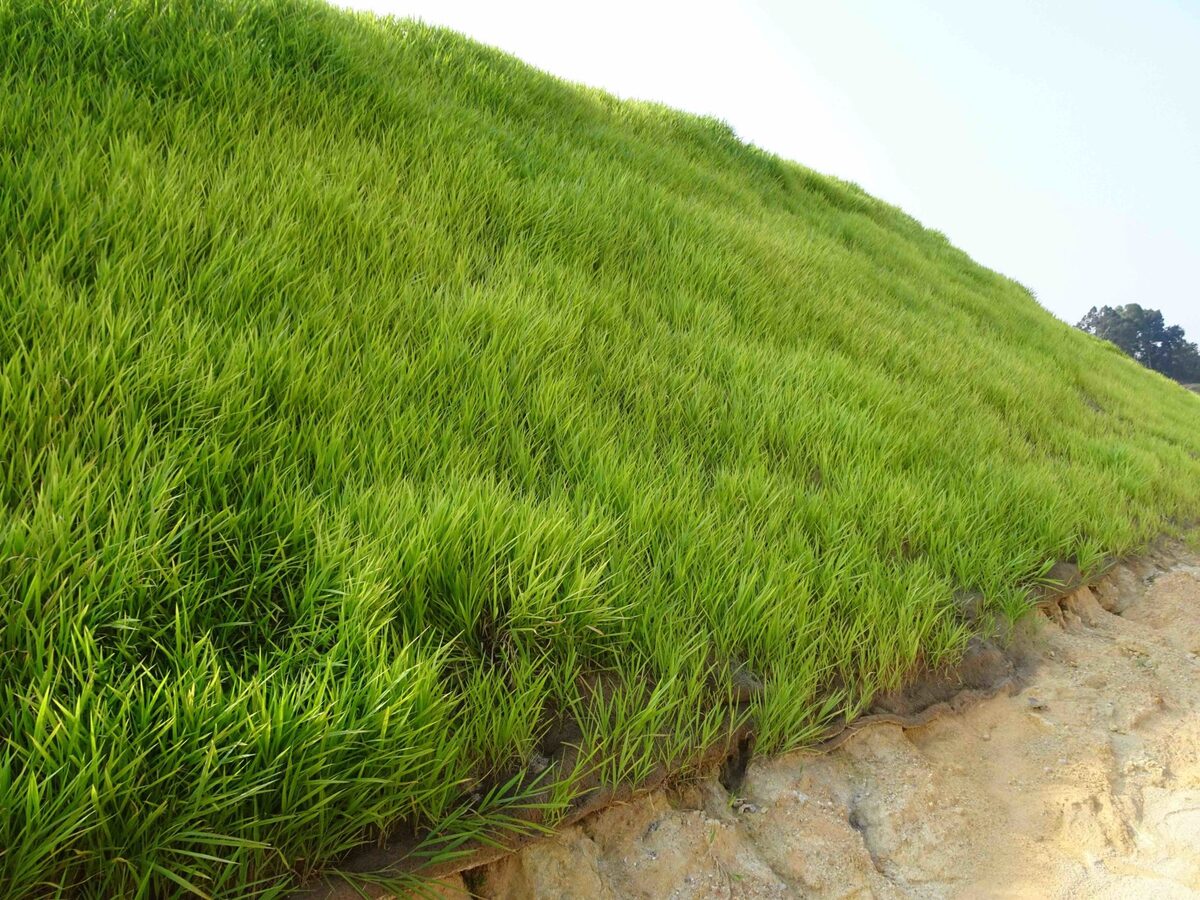
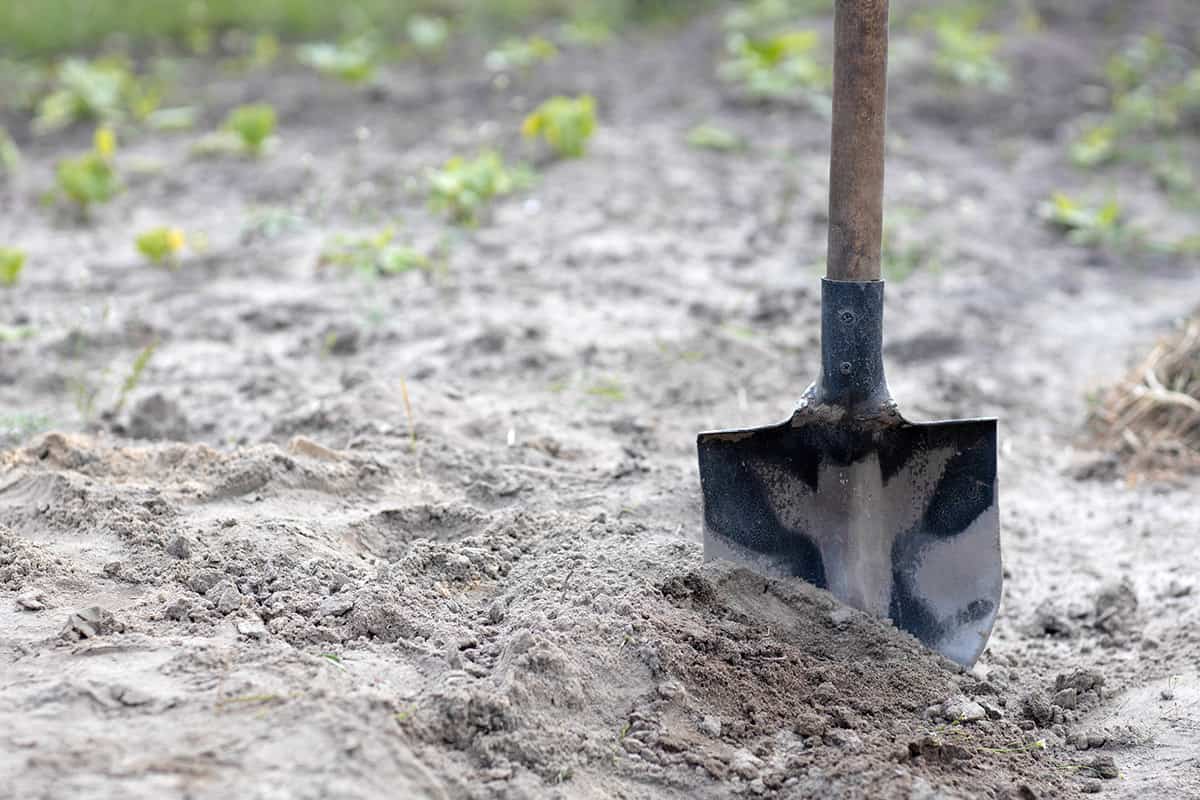

0 thoughts on “How To Grow Grass On Rocky Soil”